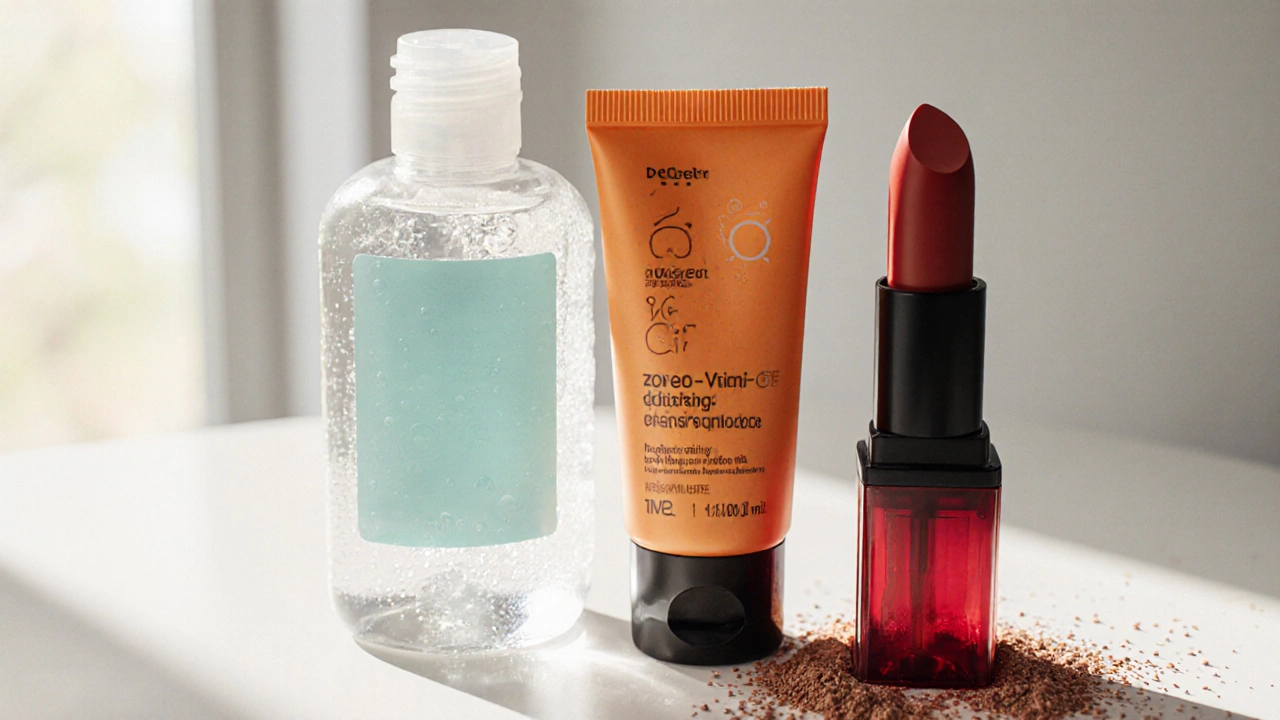Cosmetic Categories Explained
When talking about cosmetic categories, the way beauty items are grouped by their function, like makeup or hair care. Also known as beauty product types, it helps shoppers, retailers and creators organize a huge market. Makeup, color cosmetics such as foundation, lipstick and eye shadow. Also called face paint, it’s the most visible part of a beauty routine. Skincare, products that cleanse, protect and treat the skin. Often referred to as skin care, it includes cleansers, serums and moisturizers. Hair care, items that wash, condition, style and repair hair. Known as hair products, it covers shampoos, conditioners and styling gels. These groups form the backbone of the beauty industry, letting you quickly find the right product for your needs.
How These Categories Connect and Why They Matter
Cosmetic categories encompass sub‑areas like makeup, skincare and hair care, each requiring its own set of ingredients, safety standards and application techniques. The link between them is clear: every category influences consumer trends, drives retail shelf space, and shapes how brands market their lines. For instance, a new skincare breakthrough often fuels makeup formulas that incorporate the same active ingredients. Likewise, hair‑care innovations can inspire styling products that promise longer hold or less damage. Understanding these relationships lets shoppers compare products smarter, helps creators design cohesive lines, and gives retailers a roadmap for stocking the right mix.
Below you’ll find a curated list of articles that dive deep into each category. From professional salon hair products to the science behind organic skincare claims, the posts cover practical tips, product reviews and market insights. Use this collection to sharpen your buying decisions, learn industry etiquette, and stay ahead of beauty trends.
Three Classifications of Cosmetics Explained
Learn the three main classifications of cosmetics-cleansing, protective, and decorative-plus how they differ in purpose, ingredients, and regulations.

 Hair Care
Hair Care